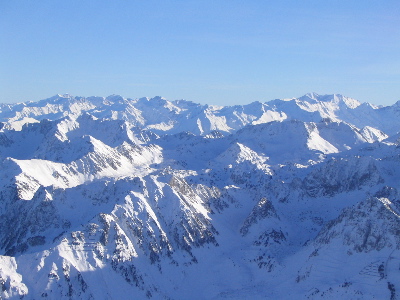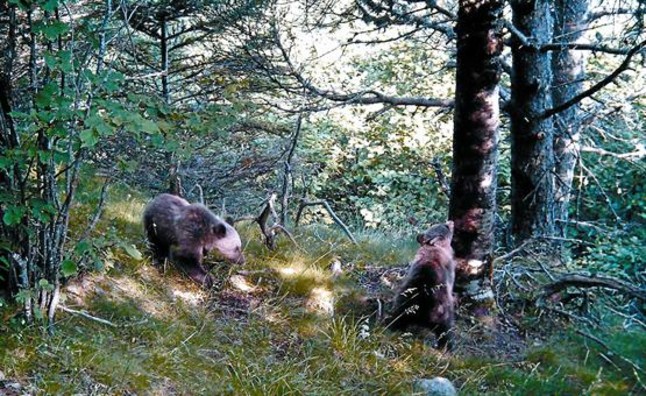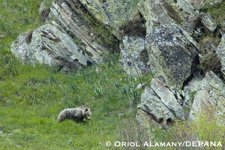
Roger Deakin wrote about the Albera mountains in his wonderful Wildwood, a journey around the woodlands of Britain and the world, published in 2006 just before his death.
Autumn comes late to the wooded southerly slopes of the Spanish Pyrenees. The mountains are a natural climatic boundary between the rest of Europe to the north and the African Sahara to the south. My friend Andrew Sanders and I have climbed through the leafy fireworks of mixed beech, oak, maple, chestnut and hazel woods in a bright-blue morning up a steep track from Cantallops, an agricultural village in the foothills, to Requesens, a hamlet that is really a long farmhouse, extended down the generations, with a small bar-cum-restaurant, the Cantina, in one end.
Coming in sight of the place, we enter the circle of a hillside wood pasture of cork oaks. A dozen white geese graze outside a two-storey wooden shed with a worn staircase visible inside. Some of the oaks are deep ox-blood red where the sock of cork has recently been peeled, the year’s last two digits painted white on the tree as a reminder of its next date, in just under a decade, with the cork-harvesters. The grass is well trodden and manured with crusty cowpats. This is the home pasture for the cattle now out browsing in the woods. Entering the level farmyard, we are greeted by four dogs. An old mongrel bitch ambles over gently. The others, barking half heartedly, are chained beneath a big horse chestnut. A pointer slinks away back into the shadow of a firewood store under the house. One half of the old stone building is a magnificent ruin like a monastery, in the shade of a giant plane tree and a small lawn above the rocky ramparts looking south for miles across the hazy Catalan hills all the way to the sea.
I took the photo in early November on the same route he took.








